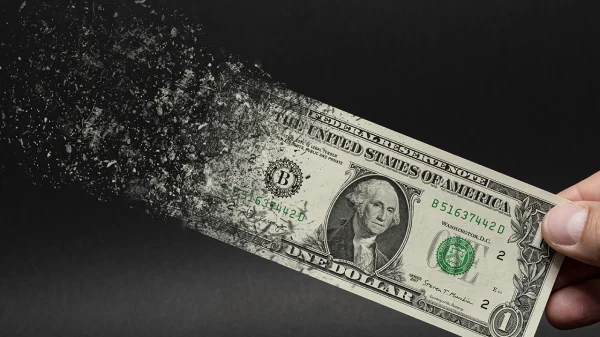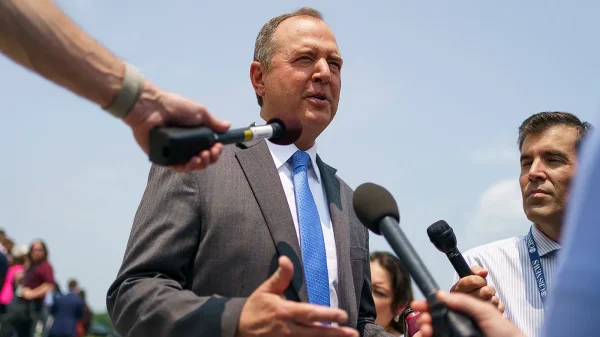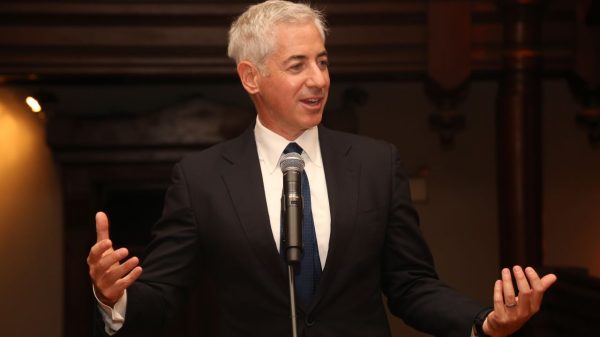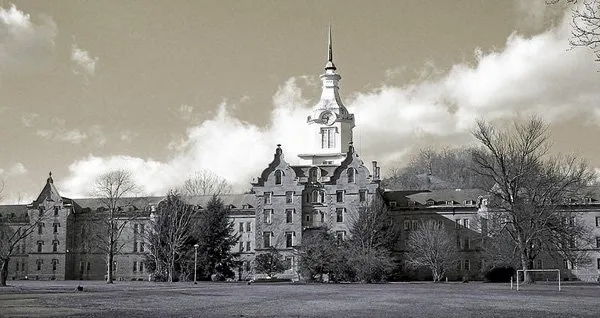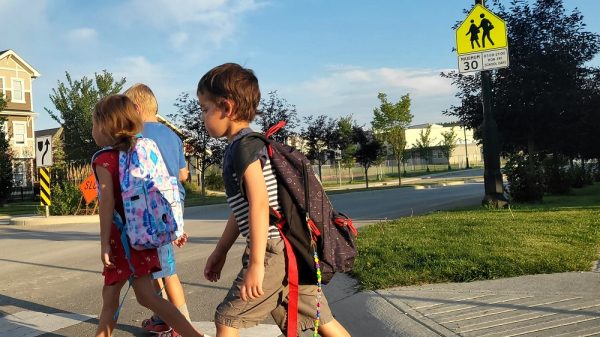Mayor Adams announced last month that Louis Molina will leave his post as commissioner of New York City’s Department of Correction (DOC) to become the assistant deputy mayor for public safety.
Molina’s replacement has not yet been named, but unless the next DOC is freed from fantastical progressive demands, attempts to improve the safety and management at Rikers Island will remain kneecapped.
Molina’s two-year tenure was plagued by criticism, but the administration also had successes.
Deaths among Rikers inmates have fallen to nine so far in 2023 from the horrifying quarter-century record of 19 last year — and likely will end up below the 2021 total of 15 fatalities.
The rates of violent assaults and staff assaults fell in 2022 after steady increases over the previous decade.
The average daily percentage of staff out sick fell from more than a quarter to less than an eighth during Molina’s first year.
Molina’s DOC reduced staff serious injuries by 32 % and the percentage of inmates in rehabilitative programs more than doubled between early 2022 and the beginning of this year.
But Rikers remains a dangerous place — with inmate slashings, stabbings, and fights still stubbornly high .
Crumbling infrastructure becomes makeshift weapons, fatal drugs make it through inspections, and it’s hard to recruit competent and ethical staff.
This is why the incoming Commissioner will only succeed if New York officials override unrealistic anti-incarceration demands lobbied by activists — and amplified by pliant press and academics.
And this includes the most progressive-backed minefields of all, the closure of Rikers itself — along with the delusion that incarceration is simply not necessary.
Indeed, predecessor Mayor Bill de Blasio promoted plans to “Close Rikers” and replace it by 2027 with far smaller facilities — accommodating a laughably insufficient 3,300 inmates—to move “ one step closer to ending mass incarceration once and for all.”
Toward this ideal, de Blasio began to artificially winnow down the Rikers population in 2016.
Helping him in this effort were soft-on-prosecution strategies such as “supervised release” programs, non-enforcement policies for low-level offending, and statewide prosecution and parole reforms.
But embracing de-carceration has correlated with surging crime.
Major felonies in NYC last year were 40% higher than in 2017 — 30,000 additional incidents.
The result, ironically, is Rikers’ population grew 45% over the past two years — and is climbing.
Rikers currently averages 6,149 inmates daily, 40% held on violent felonies and over a quarter on charges related to homicide.
Why do officials, then, still stick to the fantasy of shuttering Rikers?
Reportedly, even members of the majority-progressive Board of Corrections admit behind closed doors that closure is impossible, leading Adams to talk about a “Plan B” to rehabilitate rather than retire Rikers.
But the pressure to tow the party line in public is propelling the closure plan at the cost of real-world improvements.
Think how much safer an incoming commissioner could make Rikers if the over $8 billion slated for building inadequate new jails were instead invested in repairing door locks, attracting better staff, and fixing Rikers’ existing footprint.
Meanwhile, conflating criticism with the demonization of incarceration, in general, has made it harder to recruit and retain qualified staff.
Most crucially, dangerous felons at Rikers are provided with ample opportunity to re-offend behind bars.
The city’s cruelest inmates retain more daily opportunities to prey on others than those in Chicago, Philadelphia, or Washington, DC, where inmates can be limited to just five or six hours out of their cells.
This is why Molina tried to reduce inmates’ minimum daily out-of-cell time from 14 hours to seven for the small facility with the most slashings and stabbings.
Race, in part, drives this refusal to limit partitioning the most violent.
Progressives like state Sen. Alessandra Biaggi consider reducing solitary confinement a “vital step” toward “racial justice.”
State senators Brad Hoylman and Luis Sepúlveda similarly cite disproportionate confinement of black inmates.
Not only has the focus on racial disparity trumped considerations of physical safety, it has actually accentuated racial disparities, as the rate at which black New Yorkers are jailed compared to whites more than doubled between 2016 and 2021 .


